Visiting Milleyha Wetland and Asi River: A Living Landscape of Resilience and Memory
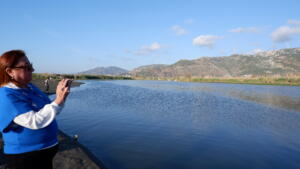
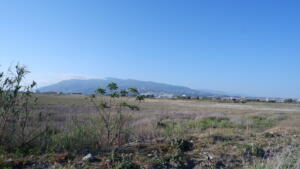
As part of our ongoing support for community-led conservation in Türkiye’s earthquake-affected regions, we recently visited the Milleyha Wetland and Asi River in Samandağ, Hatay. The visit was guided by Nilgün Karasu from our local grantee, Antakya Environmental Protection Association, and brought together local stakeholders and nature enthusiasts.
Where the Asi River meets the Mediterranean Sea, the Milleyha Wetland emerges as a rare ecological and cultural site along the Eastern Mediterranean flyway. It is home to over 313 bird species, including migratory populations, endangered sea turtles, endemic plants, and centuries-old traditions. Despite the devastation caused by the February 2023 earthquakes, Mileyha remains a thriving and ecologically active landscape — a testament to nature’s enduring resilience.
During our visit, we explored the region’s biodiversity and discussed the urgent threats it faces, including illegal development, pollution, and habitat degradation. We also heard personal stories from local residents — memories of childhood, displacement, and the grassroots efforts to safeguard Milleyha as both a natural sanctuary and a place of cultural continuity.
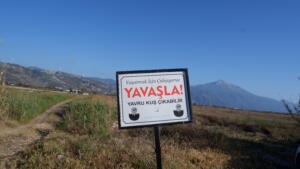
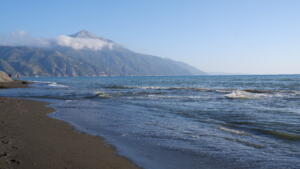
Milleyha is more than a biodiversity hotspot; it is a living archive of nature, memory, and tradition. From historic salt-harvesting practices to community-led bird monitoring, this coastal ecosystem represents a deep convergence of ecological knowledge and cultural heritage — shaping both local identity and collective resilience.
We also reflected on the broader landscape of recovery and ecological planning in Hatay. In particular, we engaged in conversations around the newly launched Asi Environmental Vision Plan, developed by our grantee, Antakya Environmental Protection Association. This long-term roadmap envisions a nature-positive and disaster-resilient future across the Asi River Basin and Samandağ coastline. It emphasizes participatory planning, ecological justice, and inclusive decision-making, grounded in both scientific expertise and community voice.
Protecting areas like Milleyha Wetland is not only essential for biodiversity but also for the long-term well-being, memory, and resilience of the communities that call these landscapes home. In the wake of disaster, such places offer a powerful model for nature-integrated recovery.
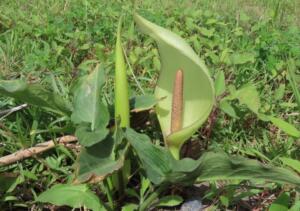
🌿 A previously unknown and unnamed plant species has been discovered in the Milleyha Wetland. Botanists Dr. Samim Kayıkçı and Prof. Dr. Hasan Yıldırım identified this unique Arum species, now named Arum milleyhanum (Milleyha Tırşığı) — officially recorded as a new species to science after detailed morphological and literature analysis.
👉 The full scientific article is available on Dergipark: Read the paper
